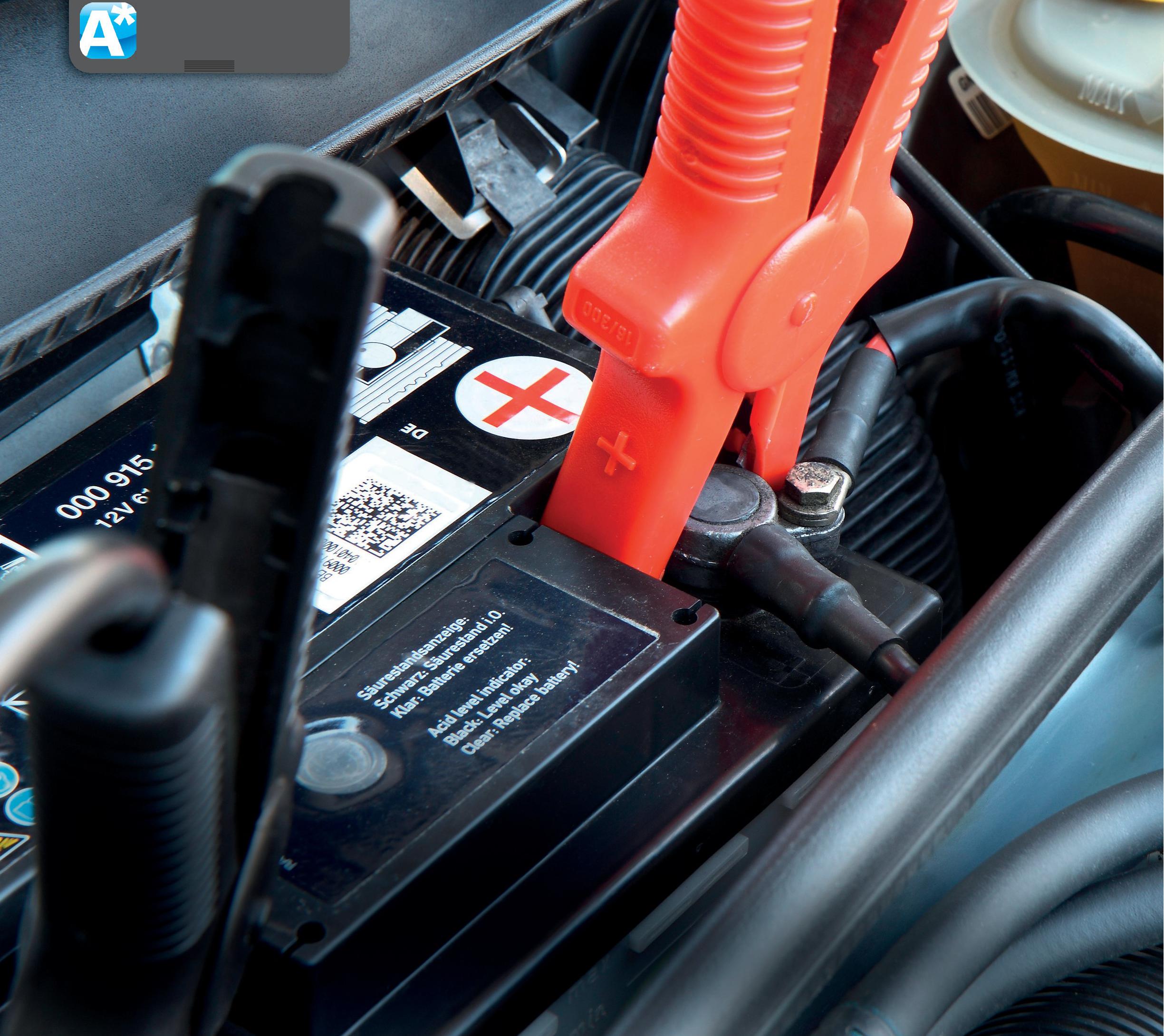
The ‘job’ of a cell is to provide a potential difference (pd) in a circuit and hence to drive charge through components. More specifically, the chemical reactions in the cell remove negative charge (electrons) from one terminal, which is hence positive, and place it on another, which becomes negative. The charges try to re-balance by sneaking round to the other terminal through the external circuit (through the movement of electrons in the wires and components), but the balance is never achieved as the chemical reaction is constantly working to unbalance things. That is, at least until the cell runs flat.
It is worth noting that a 1.5 V cell, for example, simply produces a 1.5 V potential difference and that the absolute value of the potential at any point in a circuit is not fixed by the cell or batter y. Consider the diagrams in Figure 1. In each case the cell is doing its job perfectly well. The absolute value of the pd ‘floats’ under the inf luence of external conditions such as ambient electrical fields. Of course, we can take steps such as earthing a point in the circuit, which pins the potential there to 0V. In practice, this does not matter, as the pd is the important factor that drives the current, not the absolute value of the potential.
Your organisation does not have access to this article.
Sign up today to give your students the edge they need to achieve their best grades with subject expertise
Subscribe




